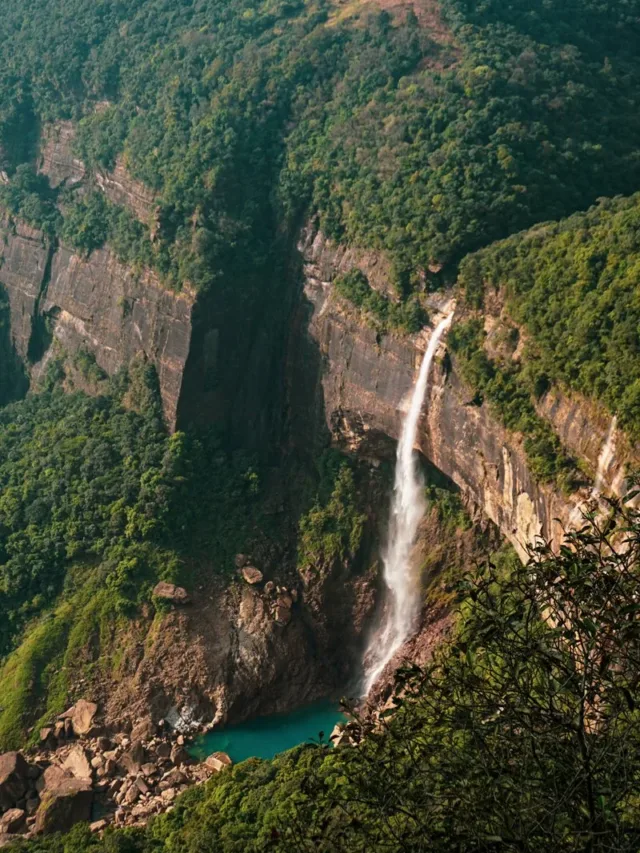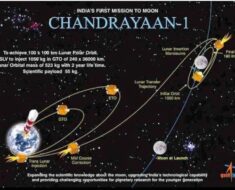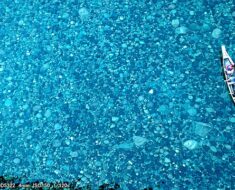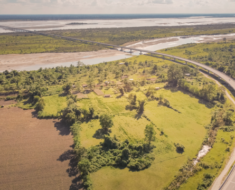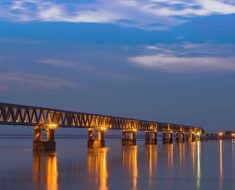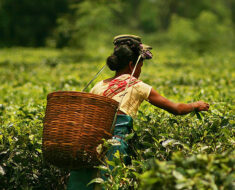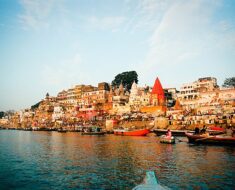Meghalaya means ‘the abode of clouds‘ in Sanskrit. Located in the northeast of India, it is a beautiful state known for its misty hills, stunning landscapes, and natural beauty.
Shillong the capital city is often called the “Scotland of the East,” and offers a mix of natural beauty and urban attractions
The seven sister state is famous for the iconic living root bridges located in Mawlynnong village, mysterious caves, the cleanest village in Asia – Mawlynnong, the Wettest village on earth – Mawsynram, and many more.
Here are some interesting and lesser-known facts about Meghalaya.
Facts #1 Mawlynnong – Cleanest Village in Asia

Meghalaya is home to the Cleanest Village in Asia, Mawlynnong Village. The beautiful village is located around 72 km from Shillong, the capital city of Meghalaya.
The Discover India Magazine awarded the village with the title of the Cleanest Village in Asia in 2003 and the Cleanest in India in 2005.
Keeping the village clean is the collective responsibility of everyone in the village and cleanliness is a way of life for the people of Mawlynnong village. Bamboo dustbins all over the village and waste collected in the bins is sent to a pit and turned into manure.
Littering, use of plastic, and smoking are banned in the village. Rainwater harvesting is practiced by almost all the villagers.
Facts #2 Mawsynram – Wettest Village in the World
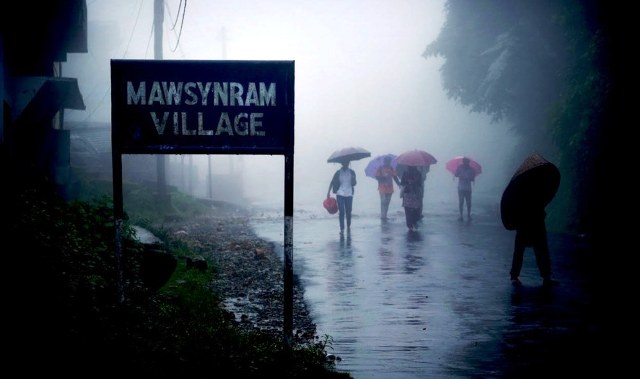
Mawsynram is a small town in the East Khasi Hills district of Meghalaya and receives the highest rainfall in India. It is reportedly the wettest place on Earth, with an average annual rainfall of 11,872 millimeters.
It received 26,000 millimeters (1,000 in) of rainfall in 1985 which is a world record and recorded in the Guinness Book of World Records.
Cherrapunji has occupied the position of the highest rainfall in India and the world for a significant amount of time. However recent observations have revealed that it is Mawsynram that receives the maximum amount of annual rainfall.
Mawsynram is located 15 km west of Cherrapunji.
Read More: Unexplored Destinations in North East India
Facts #3 Living Root Bridges
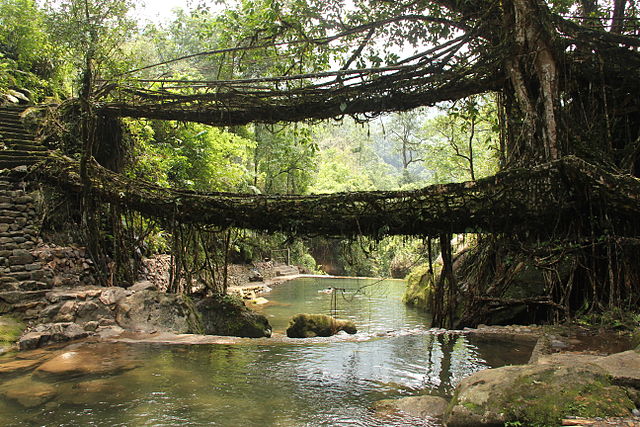
The Khasi and Jaintia tribes people make these living root bridges by weaving the aerial roots of the rubber fig tree with the help of bamboo. These sites have recently been added to the tentative UNESCO World Heritage Site list.
Facts #4 Dawki River – the Cleanest River in India
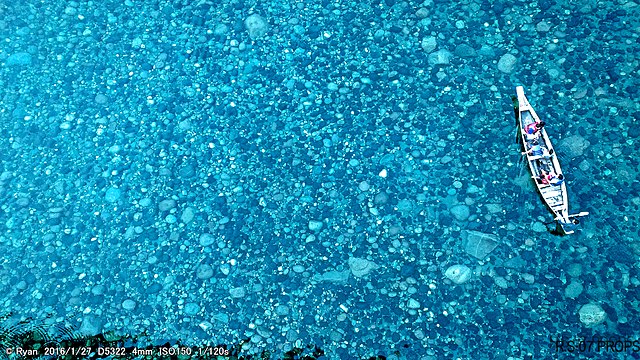
The Dawki River is the Cleanest river in India and is located in the West Jaintia Hills district of Meghalaya. It flows through Dawki a small town located almost 100 km from Shillong.
The water of the Dawki River is so clear that you can see the riverbed and it is a breathtaking spectacle. It is also known as Umngot River or Wah Umngot.
Facts #5 Matrilineal Society of Meghalaya
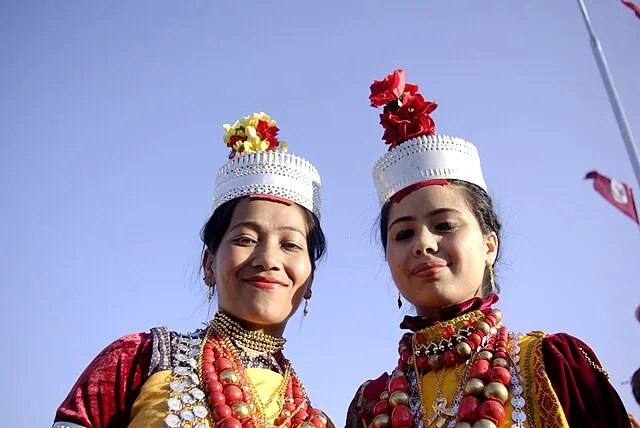
In the matrilineal society, women play a dominant role and Khasi and Garo tribes in Meghalaya are among the last remaining matriarchal societies in the world.
The youngest daughter of the family inherits all the ancestral property. The mother’s surname is taken by the children and even the husbands live in the mother-in-law’s home.
When no daughters are born to a couple, they adopt a daughter and pass their rights to property to her.
Facts #6 Waterfalls

Not only misty hills, valleys, and pristine lakes and rivers, but the northeastern state of Meghalaya is also adorned with numerous stunning waterfalls that cascade through its lush green landscapes.
Nohkalikai Falls located near Cherrapunji is one of the tallest waterfalls in India, plunging from a height of 1,115 feet. Elephant Falls is a popular tourist spot, named after a rock that resembles an elephant.
Nohsngithiang Falls popularly known as Seven Sister Falls are a group of seven segmented waterfalls, making for a mesmerizing sight, especially during the monsoon when they are at their fullest.
Krang Suri Falls is known for its crystal-clear turquoise waters and is a popular spot for swimming and picnics.
Several of Meghalaya’s waterfalls also serve as excellent trekking trails. A trip to Meghalaya would indeed be incomplete without marveling at its waterfalls
Read More: 10 Stunning Waterfalls In Meghalaya You Must Visit
Facts #7 Caves
Meghalaya has a large number of limestone and sandstone caves in the Jaintia, Khasi Hills, and Garo Hills regions. Some of these caves are among the longest and deepest in the world.
Of the ten longest and deepest caves in India, the first nine are in Meghalaya and the tenth is in Mizoram.
Krem Liat Prah is the longest cave in India which is around 30,957 m long and is truly magical.
Tourists can explore some of these mystical and rarely breached cave systems. The winter season between November to February is the best time for cave exploration in Meghalaya.
Some More Facts about Meghalaya
- Meghalaya was part of Assam and was formed by carving out the districts of Khasi, Garo, and Jaintia Hills on 21 January 1972.
- In 1936, Prof. SP Chatterjee coined the name Meghalaya for the Garo, Khasi, and Jaintia plateau. This name was proposed and subsequently adopted when Meghalaya was granted statehood in 1972
- Meghalaya is one of three states in India to have a Christian majority. About 75% of the population practices Christianity
- Meghalaya is one of the few states in the country with surplus power generation.
- It is home to over 250 species of butterflies, nearly a quarter of all butterfly species found in India.
- The state has three wildlife Sanctuaries, namely, the Nongkhyllem Wildlife Sanctuary, the Siju Sanctuary, and the Baghmara Sanctuary.
- Shillong Peak is the highest point in Meghalaya which is a prominent IAF station in the Khasi Hills overlooking the city of Shillong
- It is also famous for its large variety of orchids nearly 325 of them and most of them are found in the Mawsmai, Mawmluh, and Sohrarim forests in the Khasi hills
- The Meghalayan forests are considered to be among the richest botanical habitats in Asia. The state is also known for sacred groves like The Mawphlang, also known as Law Lyngdoh
- Siju Caves are home to some of the nation’s rarest bat species



